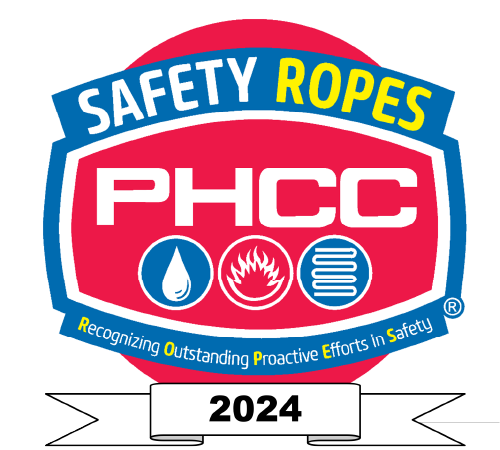Signs Your Main Sewer Line May Be Clogged
🚨 Top Signs Your Main Sewer Line May Be Clogged A clogged main sewer line can cause serious (and messy) problems if not addressed quickly. The good news? Your plumbing system often gives you warning signs—you just need to know what to look for. Below are the top signs your sewer line might be clogged, … [Read More]



